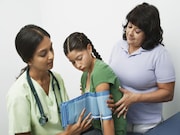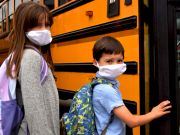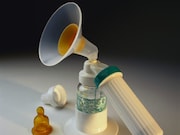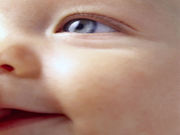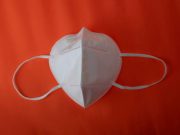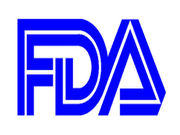Pediatrics
Gatherings Contribute to SARS-CoV-2 Infection in Children
In-person school or child care attendance not associated with positive SARS-CoV-2 test
Daily Water Intake Not Adequate for Many U.S. Children
Infants With Potential Zika Exposure Should Have Eye Exam
CDC Close to New Guidance on COVID-19 Restrictions
Agency wants to give more emphasis to meaningful consequences such as hospitalizations, emergency room visits, and deaths
FDA OKs Kalydeco for Additional Mutations in Cystic Fibrosis
Medical Groups Call for Mandatory COVID-19 Vaccination for Health Care Workers
Mandatory vaccination is especially crucial to protect vulnerable people, including unvaccinated children and those with weakened immune systems
Total Pediatric ED Visits Decreased in 2020 Versus 2018, 2019
Total trauma number decreased by 34 percent, but proportion of trauma increased significantly
High Levels of Pesticides Found in 20 Percent of Fruits, Vegetables
Sixty-five of 100 samples of the most contaminated produce were imported, often originating from Mexico
Obesity, Weight Gain in GDM Pregnancies Linked to ADHD in Offspring
Maternal obesity with excessive weight gain linked to increased risk for ADHD in offspring versus normal weight without excessive weight gain
Pediatric Neurogenic Bladder Cases Are Not Fully Evaluated
Over 24 months, 21.5 percent of patients used overactive bladder medications; 10.8 percent underwent clean intermittent catheterization


